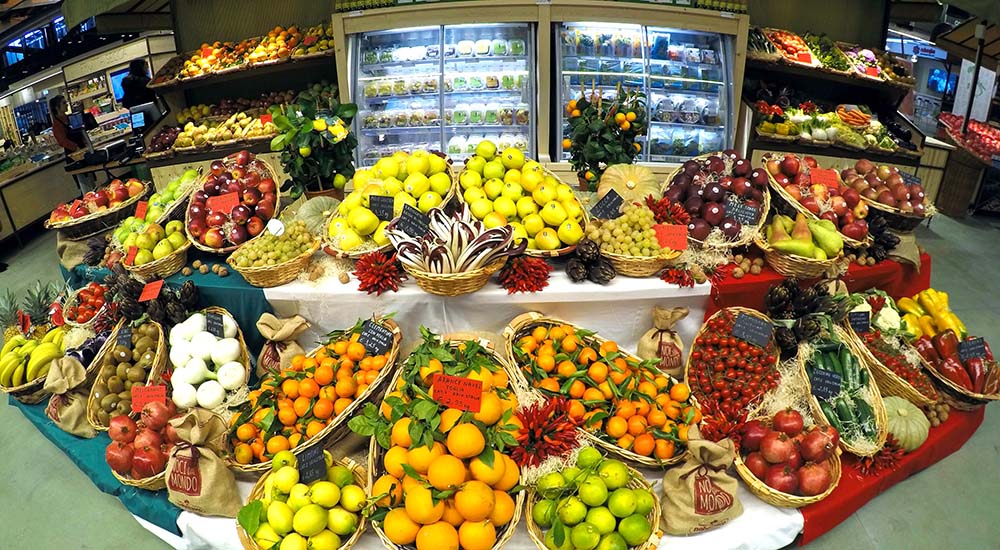National Nutrition Month is an annual celebration of nutrition and nutritional professionals, and this year we are celebrating nutrition and food from cultures and cuisines around the world.
Nutrition professionals like registered dietitian nutritionists have been striving to educate the public on how to improve the quality of their diets and lives for many decades. All too often, traditional cultural fare is forgotten, or sometimes even dismissed as “less healthy” than Western diet alternatives.

The wisdom of traditional ways of eating
More research on traditional eating patterns – such as various Asian, African, Latin American and Mediterranean heritage diets – shows us the wisdom of traditional ways of eating.
These eating patterns have been taught, followed and enjoyed by hundreds of generations of eaters and they are notable for their nutrient density, their sustainability and their powerful impacts on the health of the people who eat them.
The types of fruits, vegetables, nuts, seeds, herbs, spices, meats, starches and legumes that are eaten vary widely among cultures and cuisines. Many of the core principles are the same: plenty of fruits and vegetables, a high intake of plant-based proteins, a variety of anti-inflammatory seasonings, and a low intake of added sugars and animal fats.
These same principles are the proverbial bread and butter of dietitians worldwide, but in different cultural contexts, they are given new life to produce an incredible variety of textures, colors and flavors.
Helpful links to world foods
If you’re interested to learn more about some of these powerful and nutritious ways of eating, check out these tips from the Academy of Nutrition and Dietetics to personalize your plate to include foods from other cultures, including Latin American, Middle Eastern, Filipino, Chinese and Indian cultural foods.
This month, make it a goal to experiment with some new ingredients and recipes to expand your dietary horizons. And if you already eat more traditionally, consider sharing some culturally-unique foods and recipes with friends and coworkers.
For more on information on experimenting with some of these cultural eating patterns and incorporating more sustainable, flavorful, nutritious and traditional foods into your diet, reach out to a registered dietitian nutritionists at your local VA.
Topics in this story
More Stories
You don’t need to know complicated terms or lots of data to talk to someone about suicide. You just have to show concern.
VA’s Office of Connected Care helps Veterans in rural areas receive care through telehealth and other virtual tools.
Discover the power of your breath! Explore how mindful breathing can bring peace, ease your mind and enhance clarity in this week's #LiveWholeHealth video.






